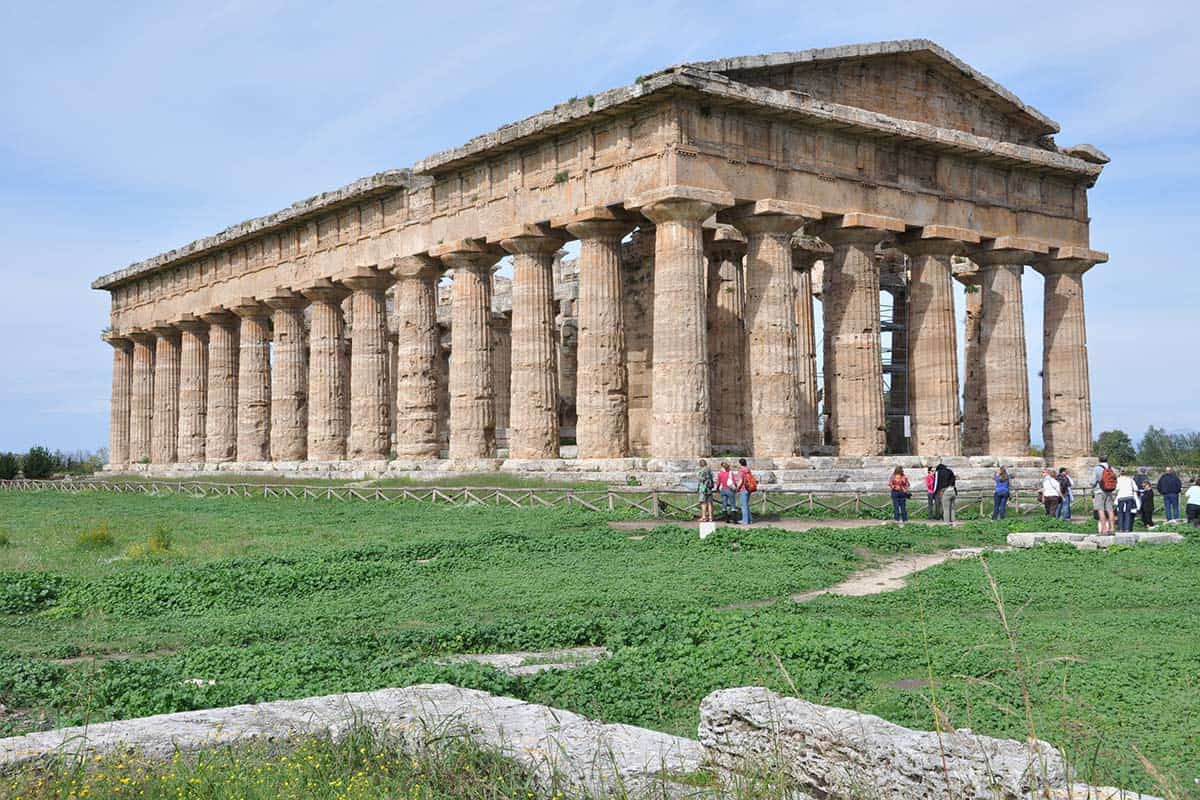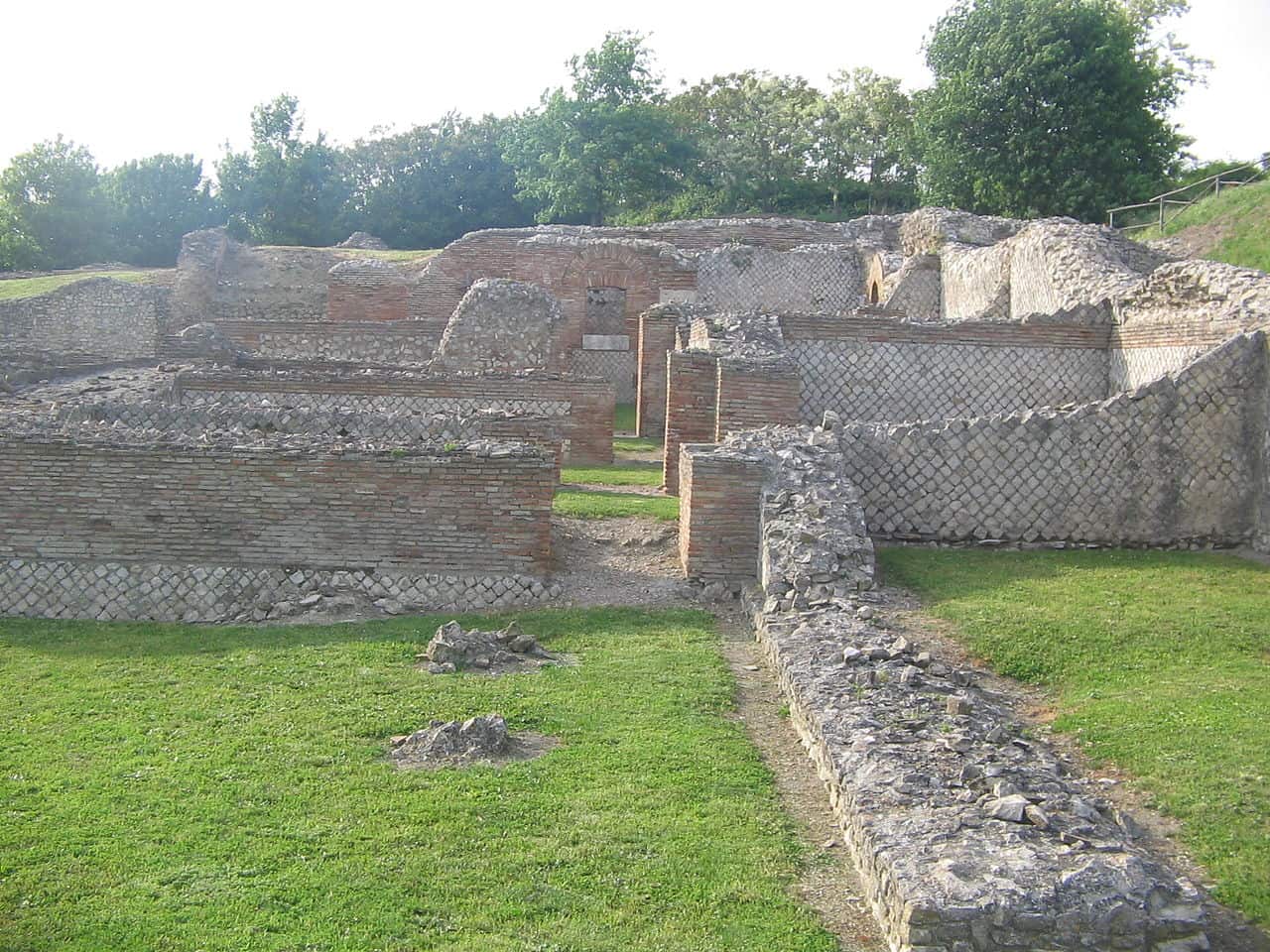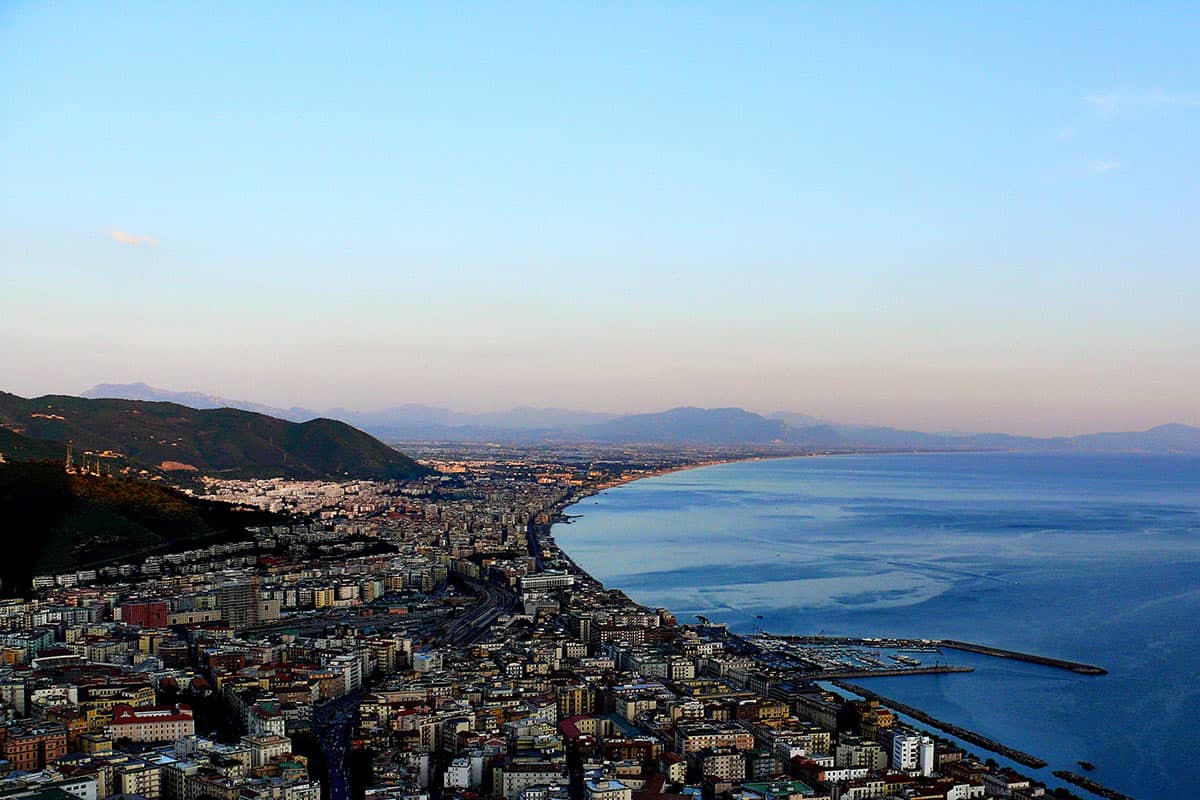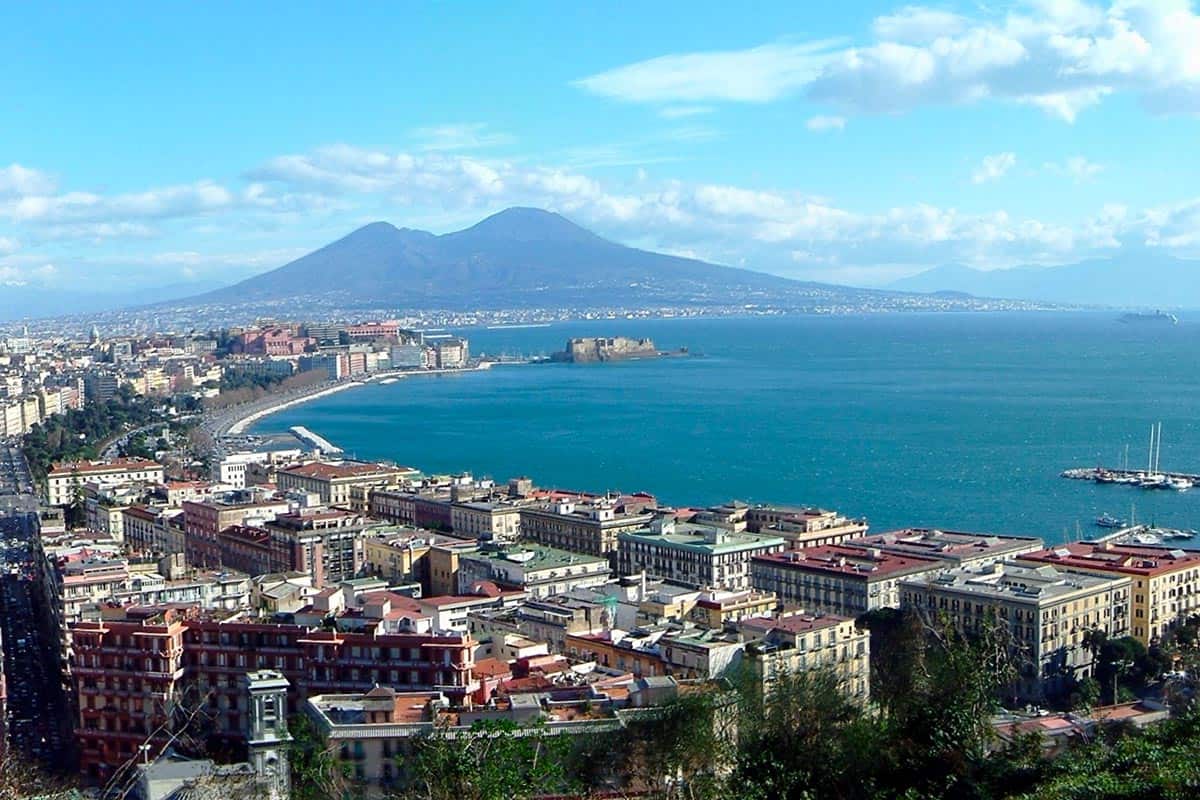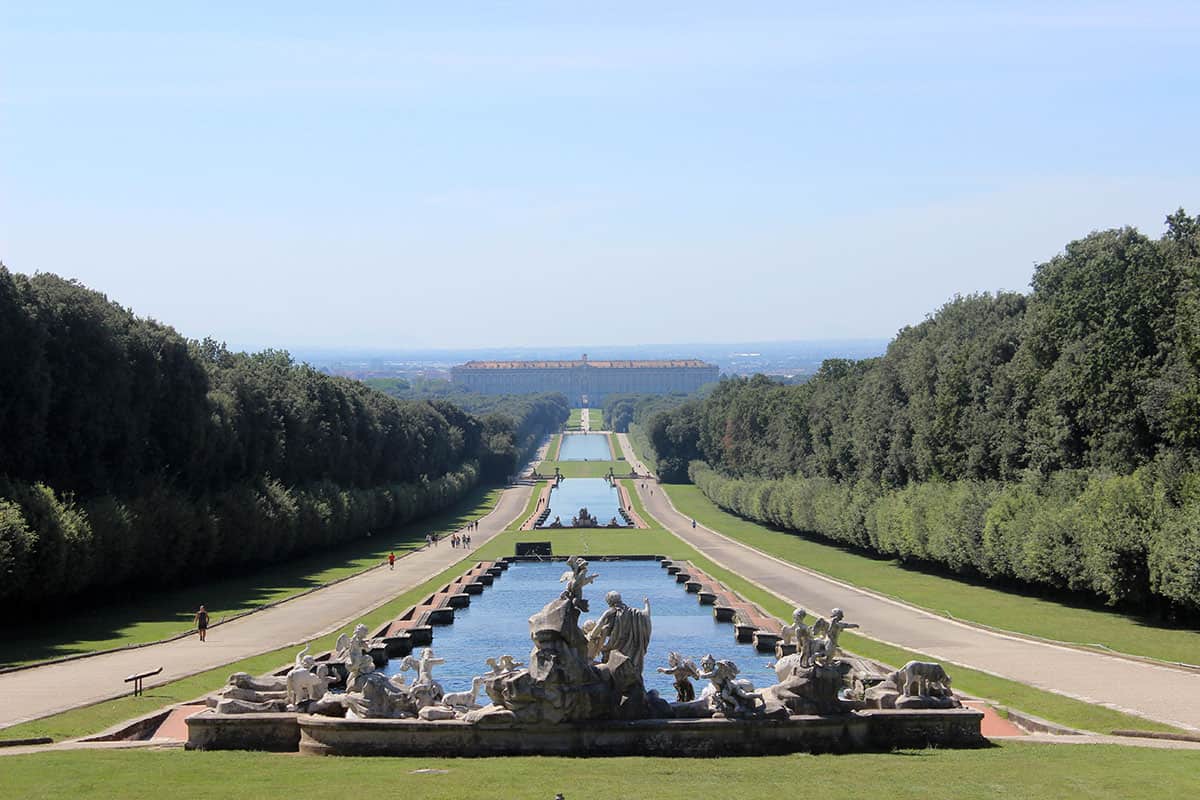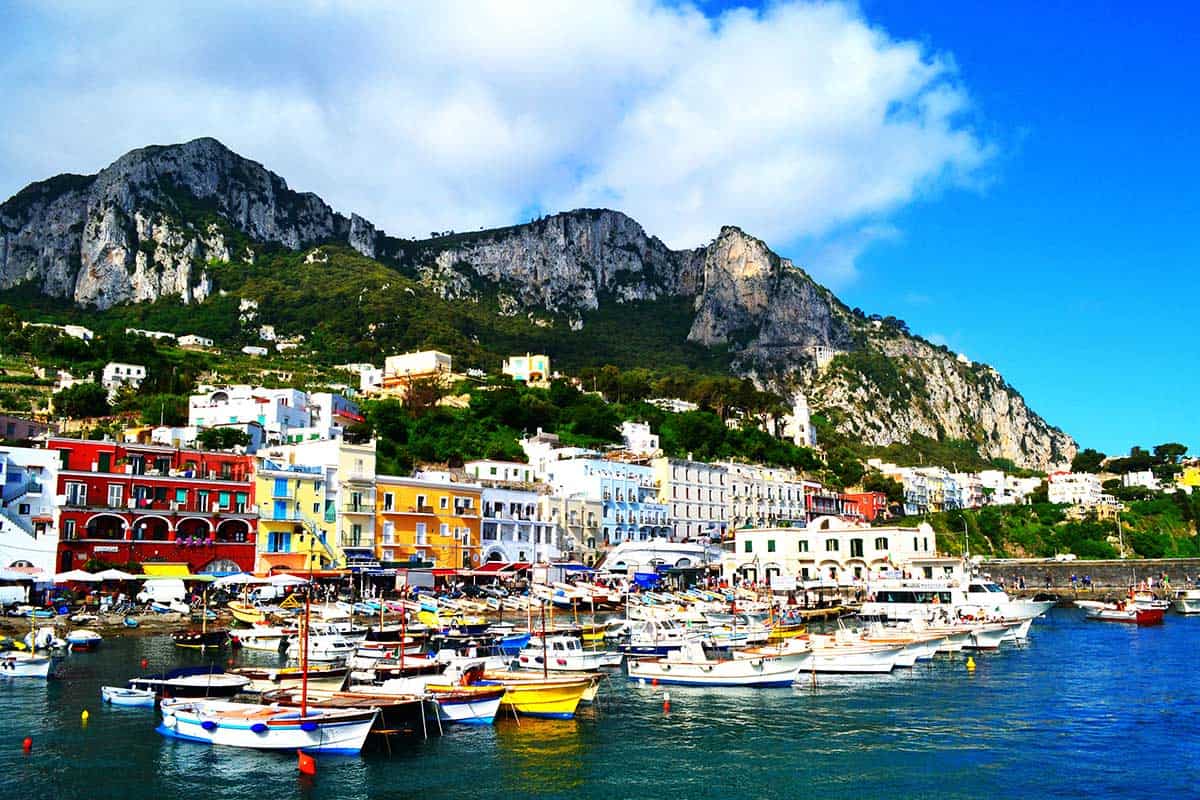Campania is one of the four Italian regions that share the privilege of hosting seven sites declared as part of Unesco World Heritage
As you can see in the map on the right, our region is one of the 4 regions with the highest number of sites recognized by UNESCO. Campania, with it’s six million inhabitants, is one of the most populated regions of Italy, is also the region with the largest number of sites recognized by UNESCO, such as the archaeological site of Pompei and Herculaneum, Amalfi Coast and the Royal Palace of Caserta. The Campania region however, is not only art and culture, but also nature, wine and food. The buffalo mozzarella, San Marzano tomatoes, the apple “annurca” of Avellino and the artichoke of Paestum are just a few example of typical product that you have to taste if you come to La Morella!
The Latins called Campania felix town to enhance the fertility of its lands and the extremly favourable climate; for this reasons the Campania was inhabited by ancient peoples since the second millennium BC, since the Osci. Today, over 25% of its territory is marked as “protected areas” as the Vesuvio National Park, the National Park of Cilento and Vallo di Diano and the Regional Park of Picentini mountains.
Campania is also sun, sea and famous worldwide islands, like Capri, Ischia and Procida.
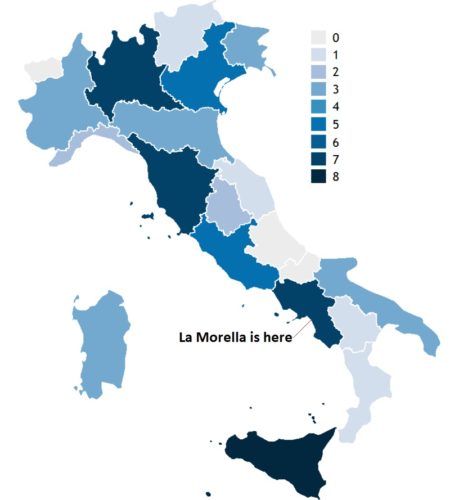
What you can visit if you book an accommodation in our farmhouse
Spending your holidays in our Agriturismo you will discover how favourable our position is to visit Campania. Being based in a quite, relaxing and family-friendly farm stay, far away from the crowded and chaotic Naples surroundings, you will be at only 2.5 Km distance from the principal motorway A3 crossing Campania and to the national street 18 (SS18) that serves the whole coastline of the Cilento National park. La Morella is also close to a minor (Montecorvino Rovella, 600m) and to a major (Battipaglia, 4 km) train station, and about 7km far from the sea. Most of the major attractions of Campania will then be reachable by a less-than-one-hour travel, by car or by train.

The farmhouse Agriturismo La Morella offers accommodations in rooms and apartments, largely meeting the comfort standards of a three-star hotel plus the benefits of a real farmhouse in the countryside: gardens and meadows, vineyards, a wide swimming pool, a restaurant with typical products and a vast organic farm, producing organic wine and crops. Our agriturismo is literally surrounded by the Cilento and Vallo di Diano National Park, a wide untouched natural area hosting famous archaeological sites as Paestum and Velia, placed in direction South and East, the celebrated Amalfi and Sorrento coasts, on the West side, the Vesuvius area, with the archaeological areas of Pompei and Ercolano, in direction North-West, the city of Salerno, whose center is distant only 20 km.
Territory:
Mountains, islands, plains and hills, our region is able to satisfy all tastes in nature and landscapes. Paestum and Salerno, 20 km far from our agriturismo, are at the center of a large flat area called Piana del Sele, very important area for agriculture, especially for the production of tomatoes, salads, strawberries, fruit. In front of Naples are the islands of Campania: Nisida, Capri, Ischia, Procida and Vivara, all very important from the point of view of natural and tourism. The region is crossed by the central Appennines wich includes massive as the Monti Alburni, Monte Cervati and Monti Trebulani, while in the coastal area are as massive volcanic like Campi Flegrei, Roccamonfina and Somma-Vesuvius. Vesuvius is 40 minutes far from our agriturismo.
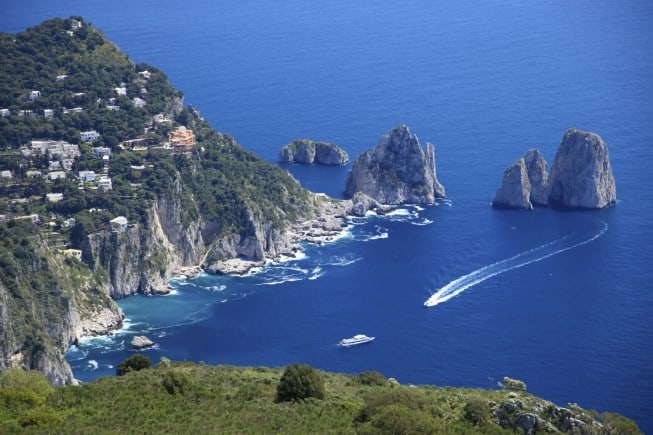
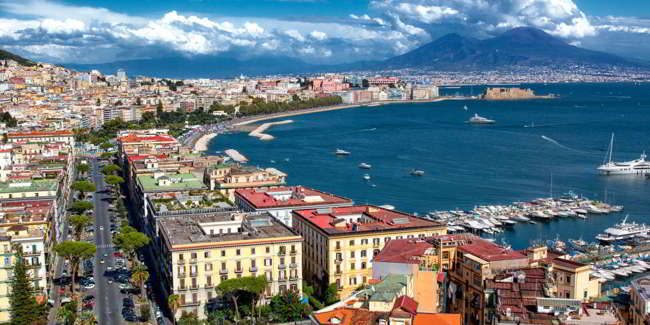

Main city:
Naples is the major city and a city-symbol of Campania: a city stretched out on the sea, an “open sky” museum, Naples is 50 minutes far from our agriturismo. The historic center has been declared World Heritage Site UNESCO for its monuments, villas and historic palaces. The symbols of the city like the Royal palace, Plebiscito square and the Angevin castle are appreciated and known worldwide. But is the same “Neapolitan”, for better or for worse, to be the center of attention. Naples is also a very important cultural place, is a university town with her four state universities and its two private universities. Also the nature is protagonist in the city with historic gardens and parks open to the public as the Virginian Park in Posillipo and the Villa Comunale. From the Virginian Park you can enjoy a beautiful view of the city and the surrounding area than of Ischia, Procida, Capri, Nisida and Vesuvius, up to Sorrento. Naples is one hour far from agriturismo La Morella.
Salerno is the second city by dimension and is located at the geographical center of a triangle nicknamed Tourist Triangle of the 3P (namely a triangle with the corners in Pompei, Paestum and Positano). This peculiarity gives Salerno special tourist characteristics that are increased by the many local points of tourist interest like the Trieste Seafront Promenade, the Arechis’ Castle, the Duomo (cathedral) and the Educational Museum of the Salernitan Medical School. Salerno harbor is well connected with Amalfi, Positano, Capri and others small villages of the amalfi coast. An efficient ferry service is available all days, with connections every half hour / hour. You can reach Salerno harbor from la Morella in 20 minutes.
Traditions and events:
In our region are particularly felt the religious festivals. San Gennaro is the most important and know festival, that mobilizes all citizens of Naples and nearby cities. Other famous festivals are organized in Gesualdo, Morcone and Santa Anastasia. Parades, masked balls and floats are organized in all five provinces of Campania. For example, in Palma Campania is celebrated the Palmanse Carnival, a festival that include parade of quadrilles, masked street band with roots in carnivals Neapolitan sixteenth century.
Amalfi coast also is studded of celebrations, for example Santa Trofimena festival, “the Saint who came from the sea”. It is perhaps strange to celebrate a Patron Saint every year. The people of Minori, a small village along the Amalfi coast, are even more unique however in that they celebrate their Saint three times a year the thirteenth of July, the fifth and twenty-seventh of November!
Water festivals are not a novelty but a river that gets diverted in order to flood the town’s streets is probably unique in the world. Every summer, in the mountain village of Campagna, just 15 min. far from our agriturismo La Morella, this is what happens.
The event is called ‘A Chiena, which is the dialect version of the Italian La Piena and runs from July to August every year. It seems to be and old folkloristic tradition born out of the necessity to clear the streets, especially in summer when the rain is a mirage. Nowadays it is an excellent respite from the heat and a healthy fun for young and old.
An important cultural and musical festival is the Ravello Festival, also popularly known as the “Wagner Festival”, an annual summer festival of music and the arts held in the town of Ravello on the Amalfi coast. The festival has been held yearly since 1953 when the town fathers decided to use the historical fact of the visit to Ravello in 1880 by German composer Richard Wagner. The composer had been so taken with the beauty of the Villa Rufolo in Ravello that he is said to have proclaimed, in reference to a character in his own opera Parsifal, “Here is the enchanted garden of Klingsor.”
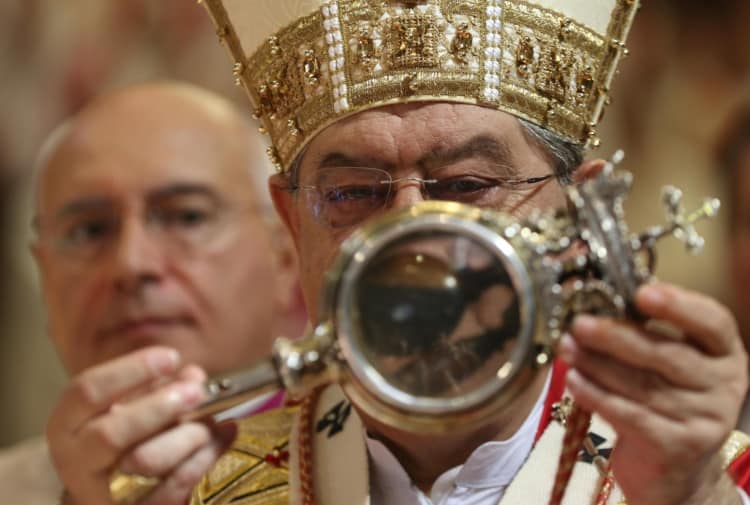
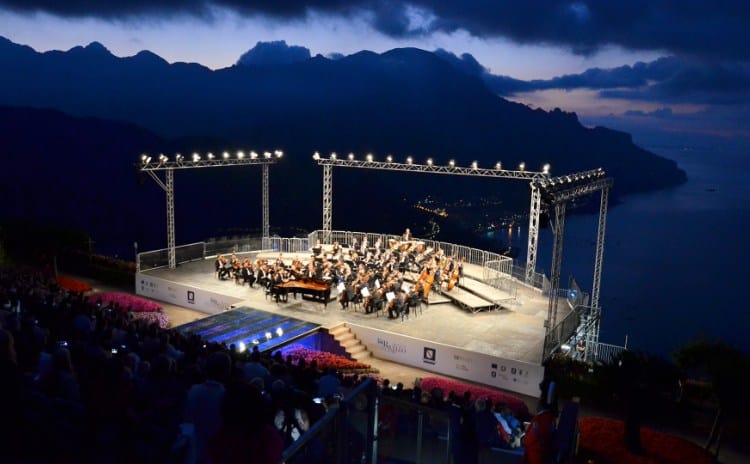
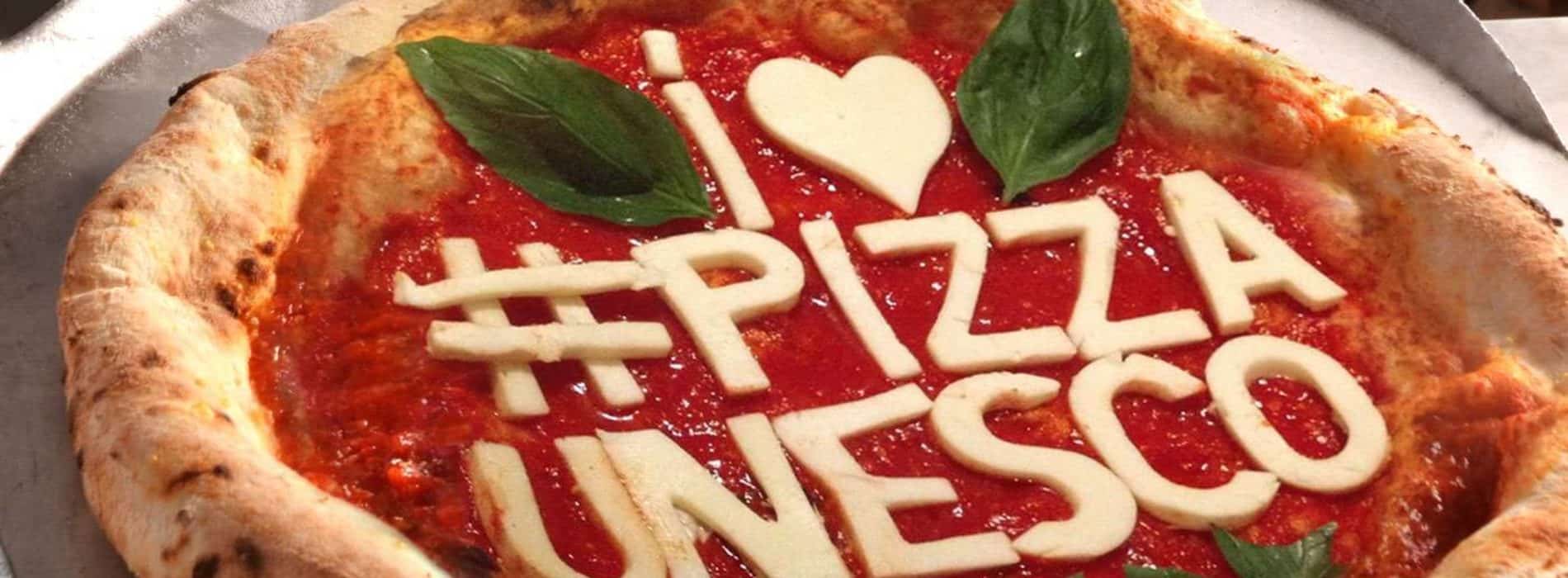

At table, food and wine:
Italy gastronomy is known worldwide, but in Campania we have many varieties of traditional dishes that you have to taste. The most famous, worldwite known, is the pizza and recently Unesco has awarded world heritage status to the Naples art of pizza-making.
Typical dishes are the rraù, or ragout of guardaporta, a dish made with fat of bacon and slices of veal stuffed with cheese, garlic, pine nuts, parsley and raisins.
The Parmigiana of Melanzane, or Eggplant Parmesan, is a dish prepared with the Campania’s famous mozzarella cheese, an important ingredient in many traditional dishes. Thin slices of eggplant are fried and then layered with tomato sauce, mozzarella and basil, and when baked the flavors meld in an irresistible and comforting dish.
Among the dessert, you can taste the Pastiera napoletana in easter time, a cake made with cottage cheese and orange, and the babà, the master of the dessert in Naples. We have to mention the lemon delight of the Amalfi Coast and the chocolate cake pear, typical of Positano.
Campania is the home of pasta, you can taste it with a variety of sauces, meats and vegetables. The area from Battipaglia to Paestum is the place of origin for the Mozzarella of buffalo; it’s a daily production and we are proud to serve it with local tomatoes and our extra virgin oil.
The typical vineyards varieties of the region are Trebbiano, Sangiovese, Malvasia, Greek and Aglianico. Our agriturismo have one hectare and half of aglianico vineyard, you can visit it and taste our wine “Ascolto”, aged in oak barrels.
History:
Ancient tribes and Samnite Wars
The original inhabitants of Campania were three defined groups of the Ancient peoples of Italy, who all spoke the Oscan language, which is part of the Italic family; their names were the Osci, the Aurunci and the Ausones. During the 8th century BC, people from Euboea in Greece, known as Cumaeans, began to establish colonies in the area roughly around the modern day province of Naples. Another Oscan tribe, the Samnites, moved down from central Italy into Campania region.
The town Aeclanum.
Since the Samnites were more warlike than the Campanians, they easily took over the cities of Capua and Cumae, in an area which was one of the most prosperous and fertile in the Italian Peninsula at the time. During the 340s BC, the Samnites were engaged in a war with the Roman Republic in a dispute known as the Samnite Wars, with the Romans securing rich pastures of northern Campania during the First Samnite War.
The major remaining independent Greek settlement was Neapolis, and when the town was eventually captured by the Samnites, the Neapolitans were left with no other option than to call on the Romans, with whom they established an alliance, setting off the Second Samnite War.
The Roman consul Quintus Publilius Filo recaptured Neapolis by 326 BC and allowed it to remain a Greek city with some autonomy as a civitas foederata while strongly aligned with Rome. The Second Samnite War ended with the Romans controlling southern Campania and additional regions further to the south.
Aragonese to Bourbon
Sicily and Naples were separated in 1458 but remained as dependencies of Aragon under Ferrante. The new dynasty enhanced Naples’ commerce by establishing relations with the Iberian peninsula. Naples also became a centre of the Renaissance, with artists such as Laurana, da Messina, Sannazzaro and Poliziano arriving in the city. During 1501 Naples came under direct rule from France at the time of Louis XII, as Neapolitan king Frederick was taken as a prisoner to France; this lasted four years. Spain won Naples at the Battle of Garigliano and, as a result, Naples then became part of the Spanish Empire throughout the entire Habsburg Spain period. The Spanish sent viceroys to Naples to directly deal with local issues: the most important of which was Pedro Álvarez de Toledo, who was responsible for considerable social, economic and urban progress in the city; he also supported the Inquisition.
Ferdinand, Bourbon king.
During the time of Ferdinand IV, the French Revolution made its way to Naples: Horatio Nelson, an ally of the Bourbons, even arrived in the city in 1798 to warn against it. However, Ferdinand was forced to retreat and fled to Palermo, where he was protected by a British fleet. Naples lower classes (the lazzaroni) were pious and Royalist, favouring the Bourbons; in the mêlée that followed, they fought the Neapolitan pro-Republican aristocracy, causing a civil war. The Republicans conquered Castel Sant’Elmo and proclaimed a Parthenopaean Republic, secured by the French Army. A counter-revolutionary religious army of lazzaroni under Fabrizio Ruffo was raised; they had great success and the French surrendered the Neapolitan castles and were allowed to sail back to Toulon.
Ferdinand IV was restored as king; however, after only seven years Napoleon conquered the kingdom and instated Bonapartist kings including his brother Joseph Bonaparte. With the help of the Austrian Empire and allies, the Bonapartists were defeated in the Neapolitan War and Bourbon Ferdinand IV once again regained the throne and the kingdom. The Congress of Vienna in 1815 saw the kingdoms of Naples and Sicily combined to form the Two Sicilies, with Naples as the capital city. Naples became the first city on the Italian peninsula to have a railway in 1839, there were many factories throughout the kingdom making it a highly important trade centre.
World War II
In September 1943, Salerno was the scene of the Operation Avalanche and suffered a great deal of damage. From February 12 to July 17, 1944, it hosted the Government of Marshal Pietro Badoglio. In those months Salerno was the temporary “Capital of the Kingdom of Italy”, and the King Victor Emmanuel III lived in a mansion in its outskirts. Salerno received the first “Tricolore” in an official ceremony on 7 January 2012 from the premier Mario Monti, to celebrate the glorious story of Italy and its old capitals.
The MOA
A museum related to the events of Operation Avalanche is located in a 15th century monastery in Eboli, just 15 minutes far from agriturismo La Morella. The museum opened on September 9, 2012 and is composed of a multi-media space, three dimensional displays and a varied collection of images, music, videos and artifacts related to the events of Operation Avalanche.
There are also military weapons, uniforms, relics of the Italian, British, American and German troops, with a room devoted to each. Many of the objects displayed were recovered from various excavations undertaken from the battlefields in the surrounding area. The museum has many other objects that evoke the culture and feelings of that time, including war diaries, official documents and private writings from a community that was catapulted to the center one of the bloodiest conflicts in Italy.
